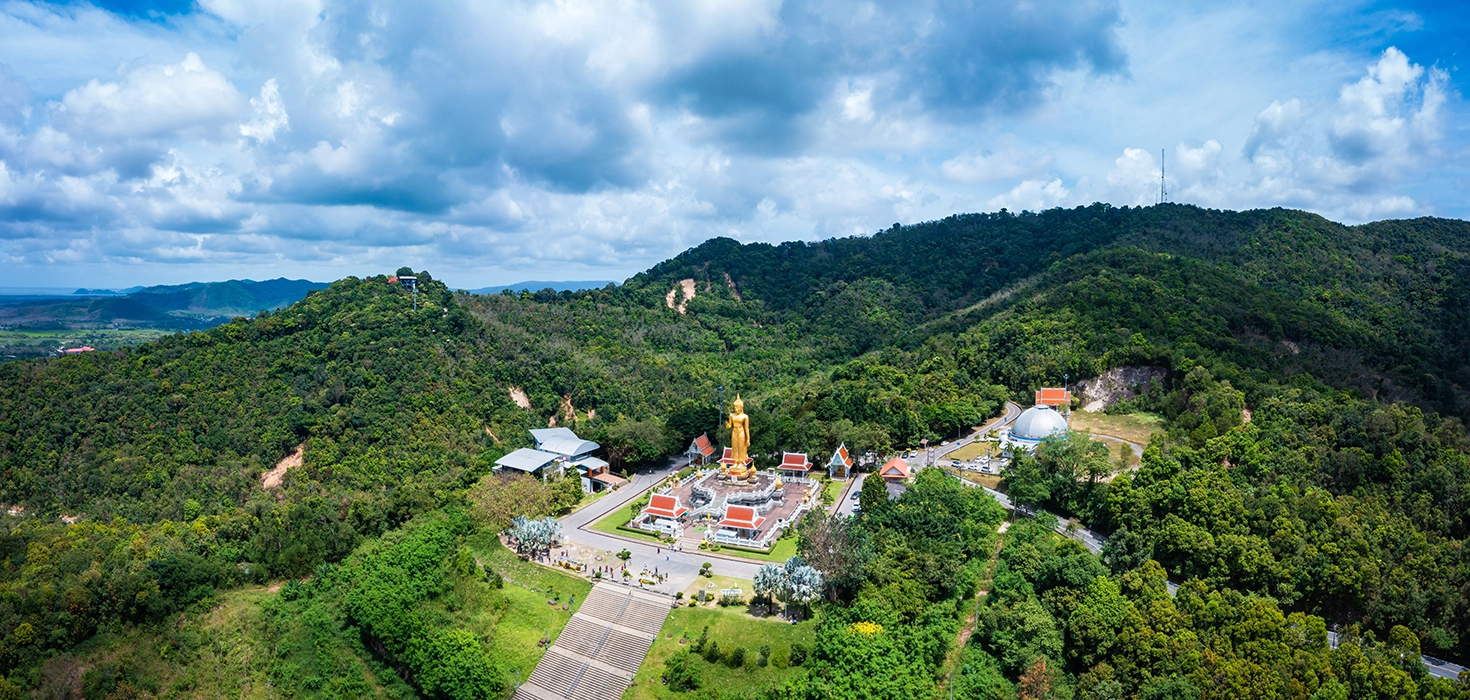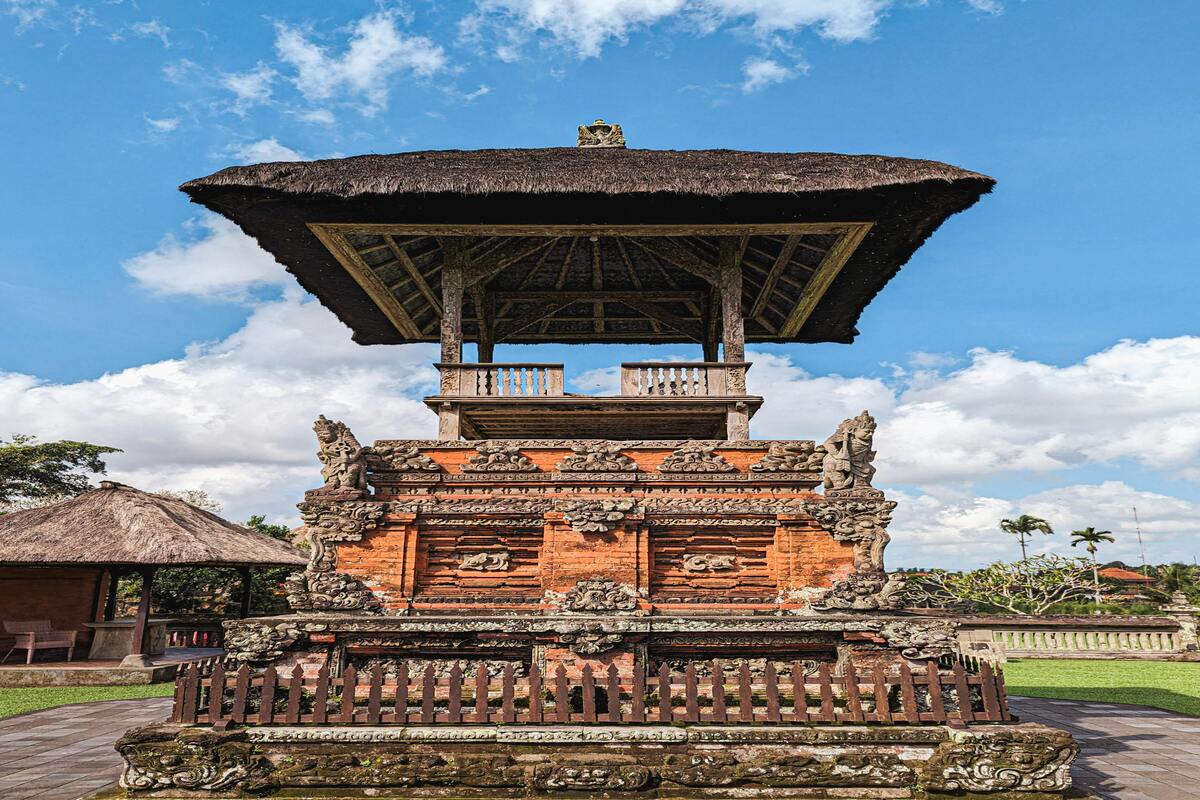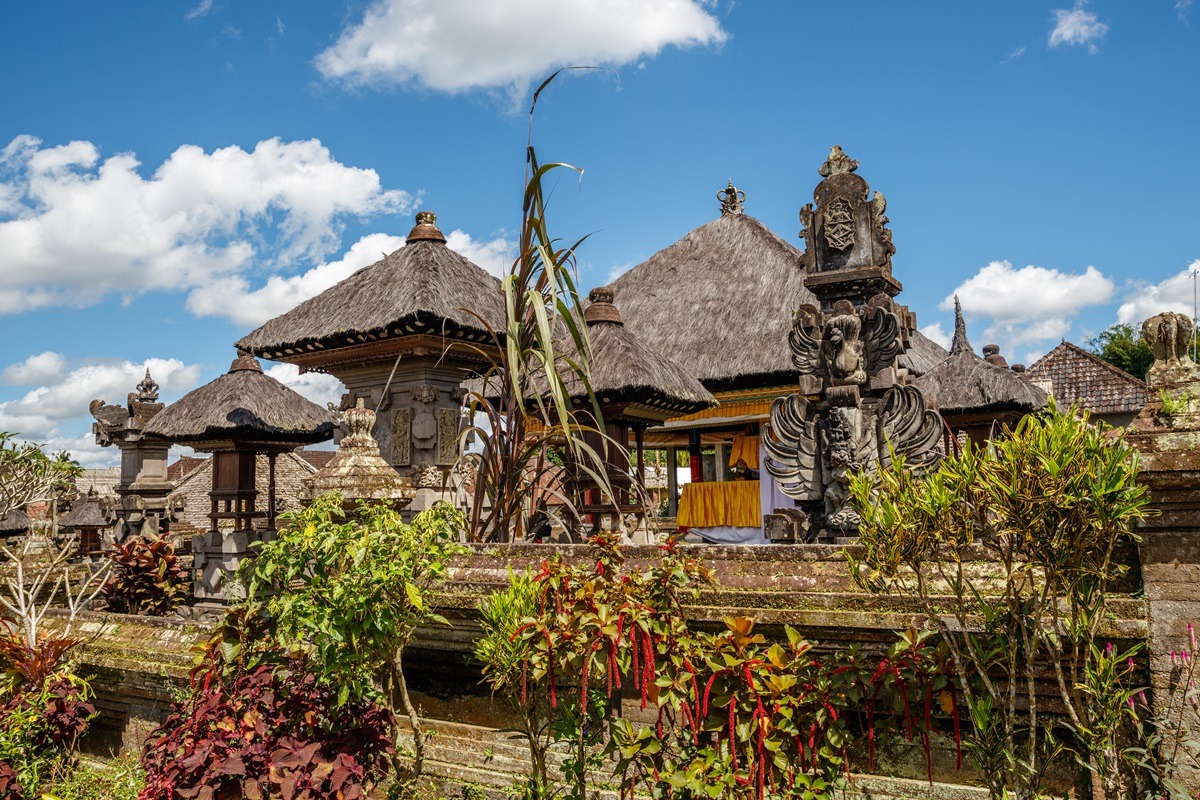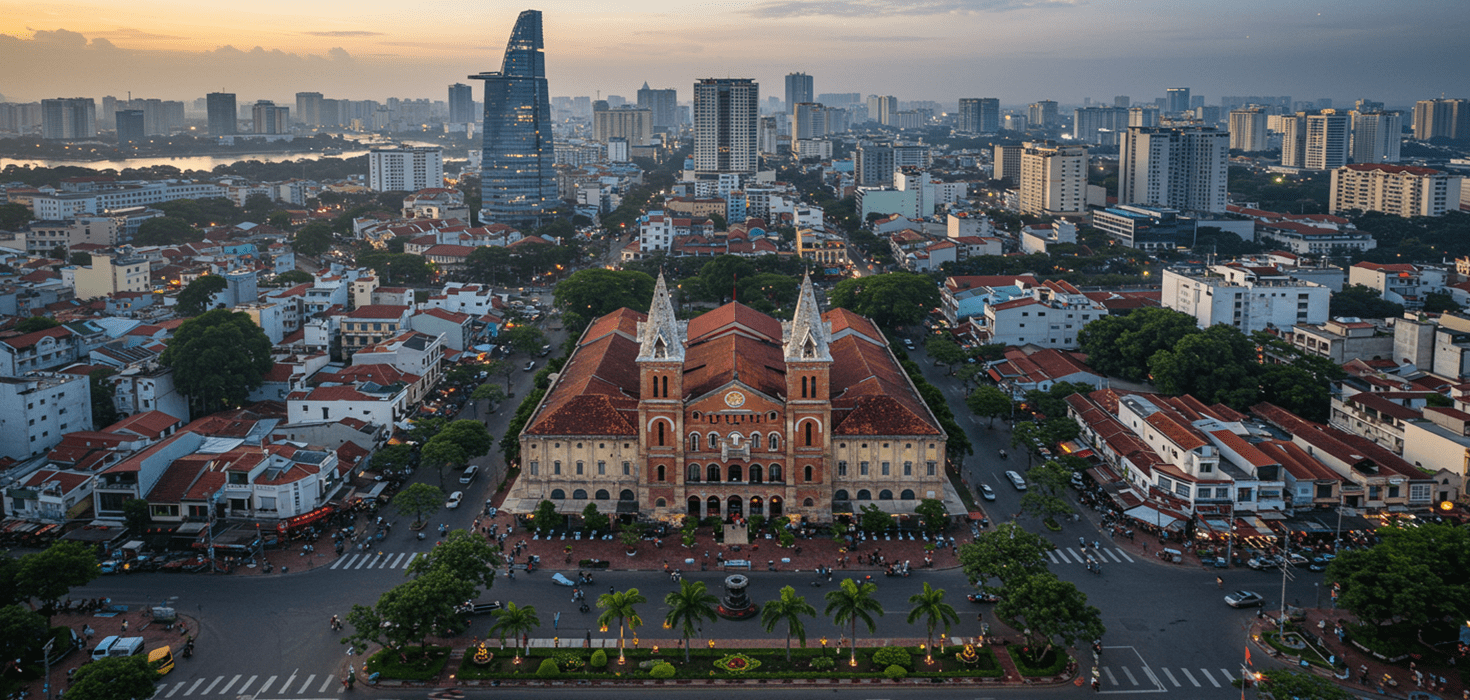Located in the charming village of Mengwi in Bali, Taman Ayun Temple is an exquisite representation of Balinese architecture and culture. Whether you’re a history enthusiast, a cultural explorer, or just someone looking for a peaceful retreat, Taman Ayun Temple offers something unique. Our comprehensive guide will take you through the history, cultural significance, and tips to help you make the most of your visit.
The History and Significance of Taman Ayun Temple
Taman Ayun Temple, which translates to “beautiful garden” was constructed in 1634 by the Mengwi Kingdom’s ruler, Gusti Agung Putu. The temple served as a place for the royal family to pray and conduct important rituals. Designated as a UNESCO World Heritage Site, Taman Ayun exemplifies the grandeur of Balinese temple architecture with its lush gardens, moats, and intricate carvings. Its significance lies not just in its architectural beauty, but also in its representation of Hindu Balinese cosmology.
Architectural Marvels of Taman Ayun
The temple complex is divided into four distinct areas, each representing different stages of human life. The central structure is surrounded by impeccably manicured gardens and towering merus (multi-tiered shrines), symbolizing Mount Meru, the home of gods according to Hindu belief. The temple’s architecture showcases the harmony between human-made structures and nature, with ponds full of lotus blossoms and water features enhancing the serene atmosphere.
Exploring the Sacred Grounds
As you enter the temple, you’ll be welcomed by the expansive outer courtyard, known as the “jaba.” This area is open to all visitors and is often bustling with locals and tourists alike. The inner courtyards are progressively more sacred, with the innermost sanctum being accessible only to those participating in temple ceremonies. The various statues, shrines, and gates all have symbolic meanings, portraying stories from Hindu epics such as the Ramayana.
Practical Information for Travelers
Location: Taman Ayun Temple is located in Mengwi, approximately 17 kilometers northwest of Denpasar.
Opening Hours: The temple is open daily from 8:00 AM to 6:15 PM.
Entrance Fee: The entrance fee is around IDR 30,000 for foreign adults and IDR 10,000 for children.
Dress Code: As with all temples in Bali, visitors are required to wear a sarong and a sash, which can be rented at the entrance.
A Day-by-Day Itinerary for Your Visit to Taman Ayun Temple
Day 1: Arrival and Relaxation
After arriving in Bali, check into your hotel and spend the day unwinding. Consider staying at one of the nearby accommodations such as the RedDoorz near Taman Ayun Mengwi, which offers comfortable lodging close to the temple.
Day 2: Exploring Taman Ayun Temple
Start your day early with a visit to Taman Ayun Temple. Take your time to explore the different courtyards, appreciate the architecture, and take in the peaceful atmosphere. Don’t forget to bring your camera for some stunning shots of the temple and its serene gardens.
Day 3: Cultural Activities and Local Cuisine
Dedicate this day to learning more about Balinese culture. You can visit attractions such as the Bali Museum or take a cooking class to learn how to prepare traditional Balinese dishes. End your day with a meal at a local restaurant, savoring the flavors of Balinese cuisine.
Day 4: Day Trip to Nearby Attractions
Consider taking a day trip to other famous temples in Bali, such as Tanah Lot or Uluwatu Temple. These locations will provide further insight into the rich cultural and religious tapestry of Bali.
Day 5: Relaxation and Departure
Spend your last day in Bali relaxing at your hotel or exploring more of Mengwi village. Visit local markets to pick up souvenirs before preparing for your journey home.
Local Voices and Traveler Stories
Many travelers have shared their delightful experiences visiting Taman Ayun Temple. Jane from the UK mentioned, “The temple was peaceful, and the architecture was simply mesmerizing. The beautiful gardens added to the serene vibe of the place.” Meanwhile, Ravi from India noted, “Taman Ayun Temple offers a deep dive into Balinese culture. It’s an excellent place for anyone interested in history and architecture.”
Local guides also emphasize the importance of the temple in Balinese religious practices. Mr. Wayan, a local guide, explained, “Taman Ayun is not just a tourist spot but a part of our local heritage and religious life. The ceremonies here are deeply meaningful to the community.”
Best Times to Visit
The ideal time to visit Taman Ayun Temple is during the dry season, from April to September, when the weather is most pleasant. However, the temple can be visited year-round since the architectural beauty and serene atmosphere remain constant regardless of the season.
Taman Ayun Temple is an embodiment of Bali’s rich cultural heritage and stunning architectural prowess. A visit here offers not just a dive into history but an experience of serenity and beauty that stays with you long after you leave. Whether you’re looking to explore, relax, or delve deep into Balinese culture, Taman Ayun Temple is a destination that should not be missed on your Bali itinerary.













